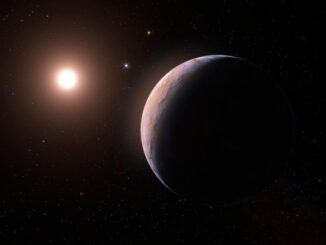
Proxima Centauri



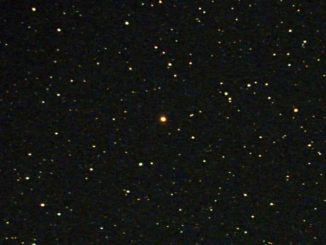
Find Barnard’s Star, the Sun’s closest stellar neighbour visible from the UK
Barnard’s Star is a familiar name in both the history of astronomy and popular culture, but did you realise that it’s the closest stellar body to the Sun that you can see from the British Isles and similar latitudes? We tell you some fascinating facts about this famous runaway star and show you how to locate it.
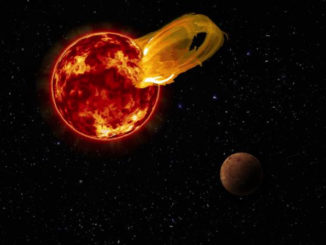
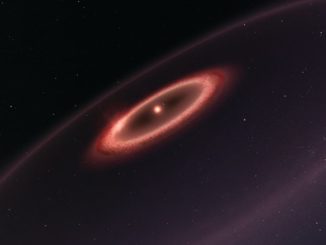
ALMA discovers cold dust around nearest star
The ALMA Observatory in Chile has detected dust around the closest star to the Solar System, Proxima Centauri. These new observations reveal the glow coming from cold dust in a region between one to four times as far from Proxima Centauri as the Earth is from the Sun. The data also hint at the presence of an even cooler outer dust belt and may indicate the presence of an elaborate planetary system.
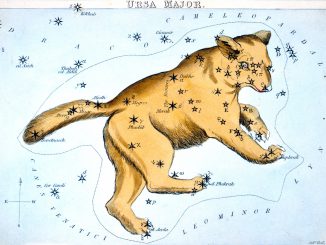
International Astronomical Union formally approves 227 star names
The creation of a specialised IAU Working Group, the Working Group on Star Names (WGSN), was approved by the IAU Executive Committee in May 2016 to formalise star names that have been used colloquially for centuries. WGSN has now established a new catalogue of IAU star names, with the first set of 227 approved names published on the IAU website.

Breakthrough Listen searches new-found nearby planet Proxima b for signs of ET
Breakthrough Listen, the 10-year, $100-million astronomical search for intelligent life beyond Earth launched in 2015 by Internet entrepreneur Yuri Milner and Stephen Hawking, has just announced its first observations of newly-discovered Earth-size planet Proxima b orbiting the nearest star to the Sun using the Parkes Radio Telescope in New South Wales, Australia.
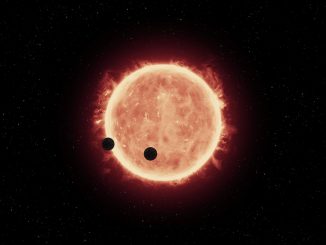
Low-mass star simulations favour water-rich, Earth-sized planets
Astrophysicists at the University of Bern conducting computer simulations of the formation of planets orbiting in the habitable zone of low-mass stars, such as the red dwarf Proxima Centauri, show that these planets are most likely to be roughly the size of the Earth and to contain large amounts of water.
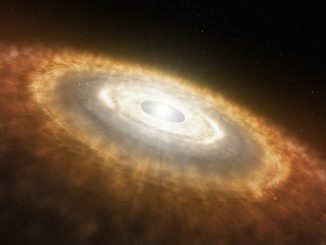
Oldest known planet-forming circumstellar disc discovered
A group of citizen scientists and professional astronomers joined forces to discover an unusual hunting ground for exoplanets. They found a red dwarf, called AWI0005x3s, surrounded by the oldest known circumstellar disc — a 45-million-year-old primordial ring of gas and dust orbiting the star from which planets can form.
